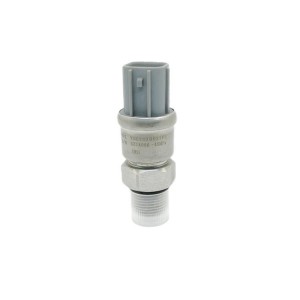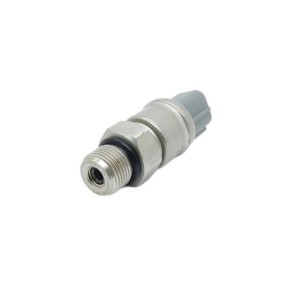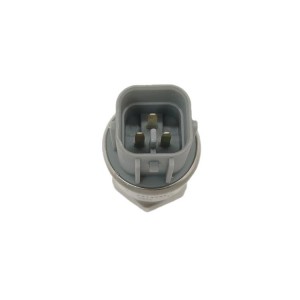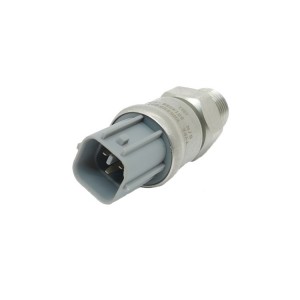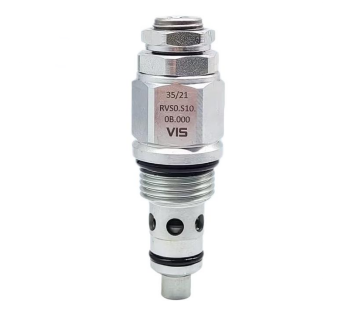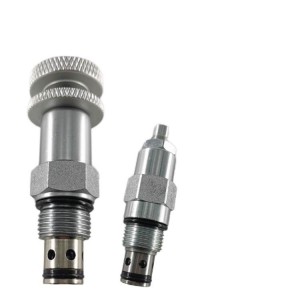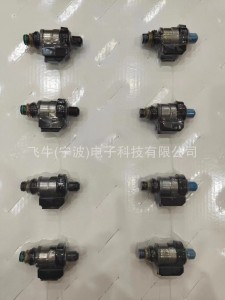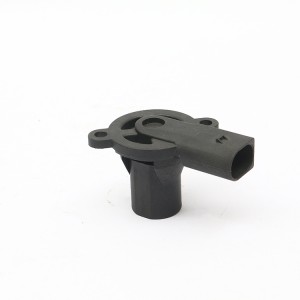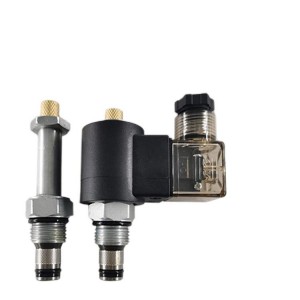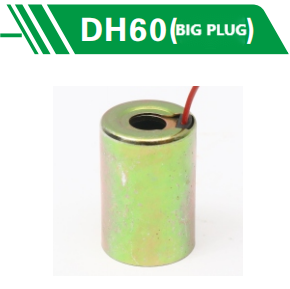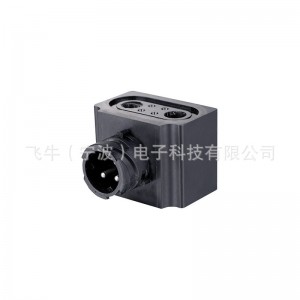The high-pressure pressure sensor YN52S00027P1 is suitable for SK200-6 excavator of Shengang
◆ For the materials used in ultra-high pressure valves, heat treatment and surface hardening are usually used to improve their extrusion resistance and erosion resistance.
1, vacuum heat treatment
Vacuum heat treatment refers to the heat treatment process in which the workpiece is placed in vacuum. Vacuum heat treatment does not produce oxidation, decarburization and other corrosion during heating, but also has the function of purifying the surface, degreasing and degreasing. Hydrogen, nitrogen and oxygen absorbed by the material during smelting can be removed in vacuum, and the quality and performance of the material can be improved. For example, after vacuum heat treatment of the ultra-high pressure needle valve made of W18Cr4V, the impact willfulness of the needle valve is effectively increased, and at the same time, the mechanical properties and service life are improved.
2. Surface strengthening treatment
In order to improve the performance of parts, in addition to changing the material, more surface strengthening treatment methods are adopted. Such as surface quenching (flame heating, high and medium frequency heating surface quenching, contact electric heating surface quenching, electrolyte heating surface quenching, laser electron beam heating surface quenching, etc.), carburizing, nitriding, cyaniding, boronizing (TD method), laser strengthening, chemical vapor deposition (CVD method), physical vapor deposition (PVD method), plasma chemical vapor deposition (PCVD method) plasma spraying, etc.
Physical vapor deposition (PVD method)
In vacuum, physical methods such as evaporation, ion plating and sputtering are used to produce metal ions. These metal ions are deposited on the surface of the workpiece to form a metal coating, or react with the reactor to form a compound coating. This treatment process is called physical vapor deposition, or PVD for short. This method has the advantages of low deposition temperature, 400 ~ 600℃ treatment temperature, small deformation and little influence on the matrix structure and properties of parts. A TiN layer was deposited on the needle valve made of W18Cr4V by PVD method. The TiN layer has extremely high hardness (2500~3000HV) and high wear resistance, which improves the corrosion resistance of the valve, is not corroded in dilute hydrochloric acid, sulfuric acid and nitric acid, and can keep a bright surface. After PVD treatment, the coating has good accuracy. It can be ground and polished, and its surface roughness is Ra0.8µm, which can reach 0.01µm after polishing.
Company details







Company advantage
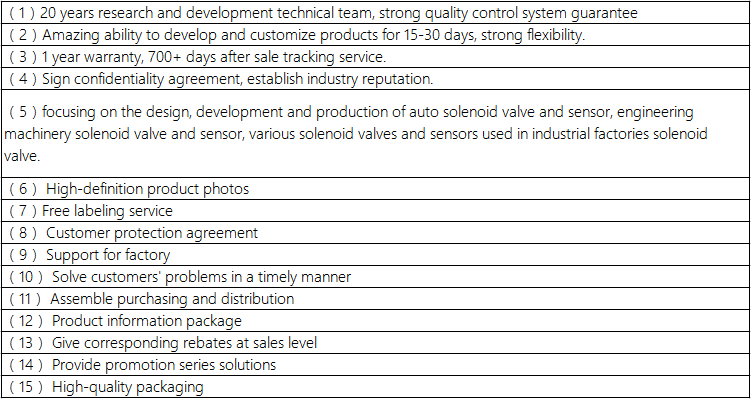
Transportation

FAQ







